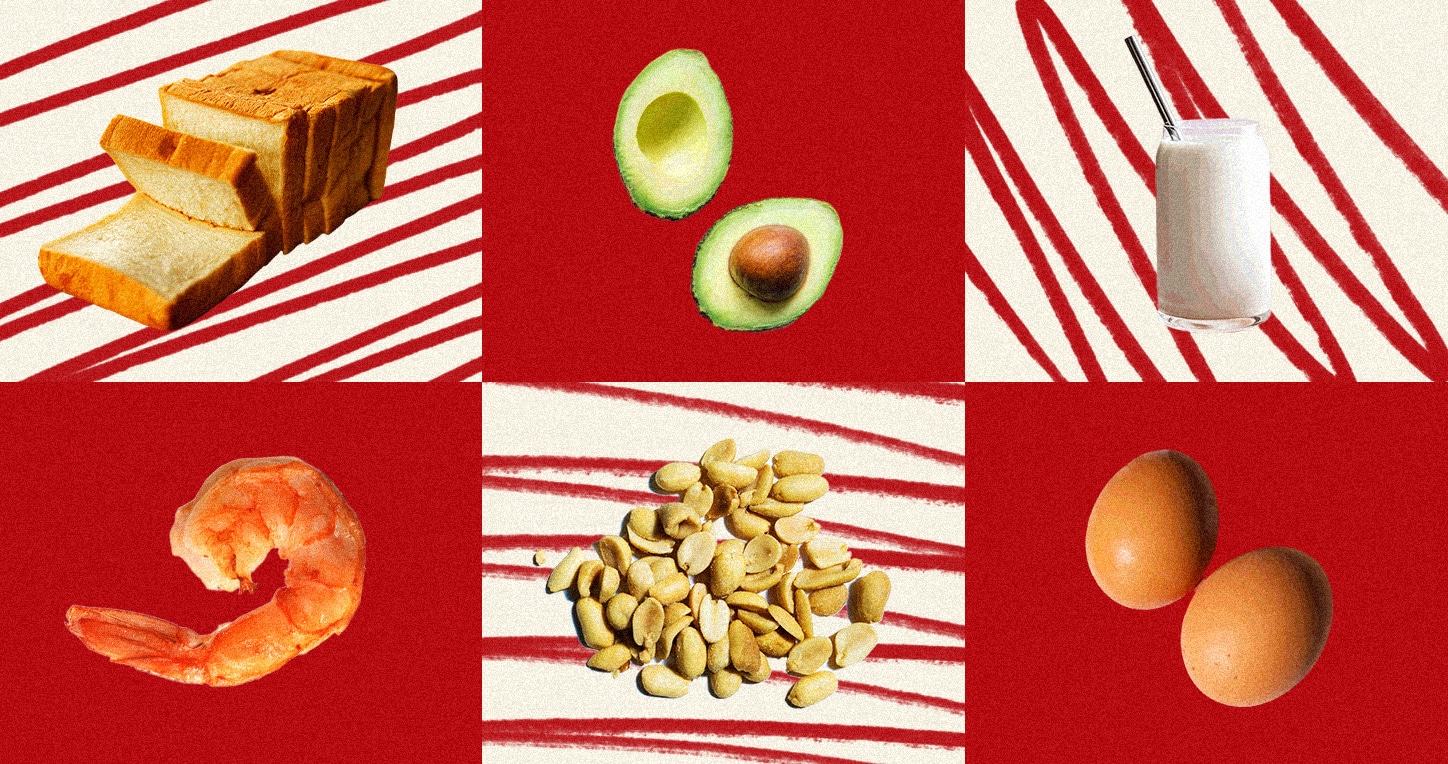This form of inflammatory arthritis is often associated with aging, but gout can affect the young, too
Gout is a painful form of arthritis. It happens when there is an excess of uric acid in our bodies, a naturally occurring chemical we produce when we break down purine, a compound commonly found in certain types of food.
It is unlike the typical arthritis caused by a gradual breakdown of the joints. Instead, when our bodies accumulate too much uric acid, these form into sharp crystals that build up in the joints, causing excruciating pain and immense swelling to the point that makes it difficult or even impossible to walk.
These buildups typically occur in the big toe but can also appear in other joints including the knee, ankles, hands, wrists, and elbows. When left untreated, gout can lead to permanent joint damage and, not to mention, severe recurring pain.
Middle to older-aged men are more likely to have gout, including women after menopause. However, young adults are not excluded from getting so.
READ: Memory loss in young adults, explained
What causes gout?
Gout results from “hyperuricemia,” which means having too much uric acid in your body. Uric acid, contrary to popular opinion, is not found in food but is instead a byproduct made by our bodies after breaking down any purines we consume.
Food rich in purines includes organ meats, beer, sardines and anchovies, and sugary beverages.
But outside food intake, uric acid levels also hinge on how they are naturally removed from the body. It commonly exits through urine and low hydration may lead to uric acid retention, and thus, a heightened risk of gout.
Why is it associated with older ages and how it can affect young adults?
Gout is also known as “the disease of kings” for its prevalence among older, indulgent men. Though, its assumed exclusivity with men around the age of 40 can be attributed to the fact that as we get older, our kidneys become weaker, less efficient, and unable to keep up with a specific lifestyle.
In short, the risk of gout is always present regardless of age—it just so happens that a younger kidney can accommodate a “youthful way of life.”
But, risks of gout can also be increased by a genetic predisposition to the condition and the existence of a metabolic syndrome, which according to a study by Yeonghee Eun, et al., means having three or more of the following: high blood sugar, blood pressure, triglyceride, and cholesterol levels.
What to do if diagnosed with gout?
Gout is unfortunately a permanent condition. Once diagnosed, the best bet is symptom maintenance by reducing uric acid levels through a change in lifestyle. Simply enough, the effects of gout can be reduced by just avoiding anything and everything with purine. Though, additional medication for recurrent bouts of pain and generally reducing uric acid in the body is still necessary.







































